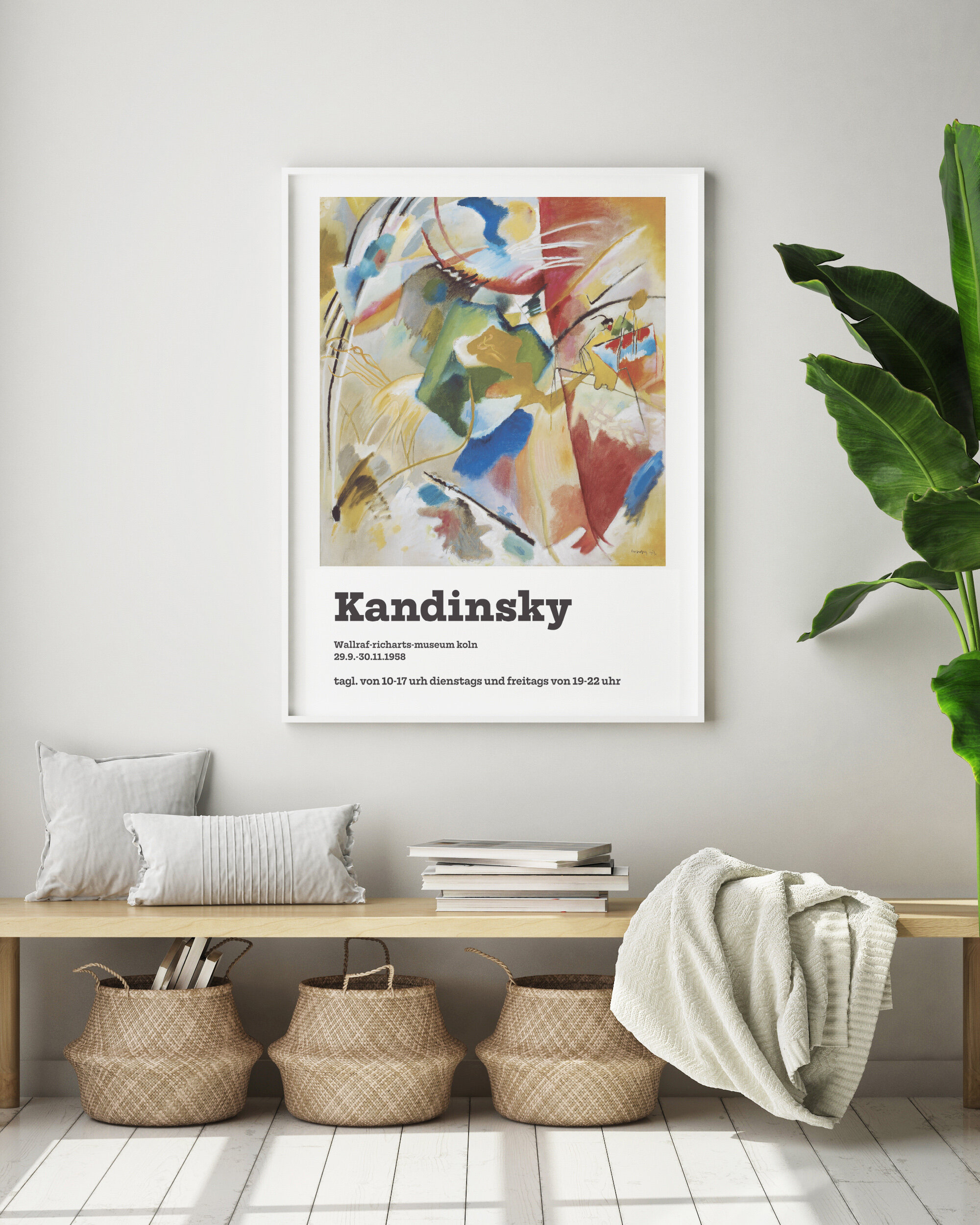
Abstract art can be difficult to wrap your head around. It has no singular definition and (literally) comes in all shapes and sizes.
In general, abstract art is a departure from realistic representation. It focuses on the visual quality of a piece of artwork by letting the colours, shapes, and texture do the talking. Abstract art rarely has a set meaning or message; rather, it is open to interpretation, is evocative, and is driven by the artist’s feelings and creative intuition.
For centuries, art was encouraged to be a realistic and pictorial representation of the artist’s subject. Abstract art rallies against this by emphasising how indistinct forms and shapes with no narrative, singular meaning, or moral, can transcend restrictive notions of classical art. While all art is abstract in a philosophical sense, in that you can never really capture reality, even in a photograph, the abstract art we are talking about here is a true expression of an artist’s creative instinct. And what makes abstract art so fascinating is that every single viewer can interpret it differently. It’s all about primal, emotional evocation.
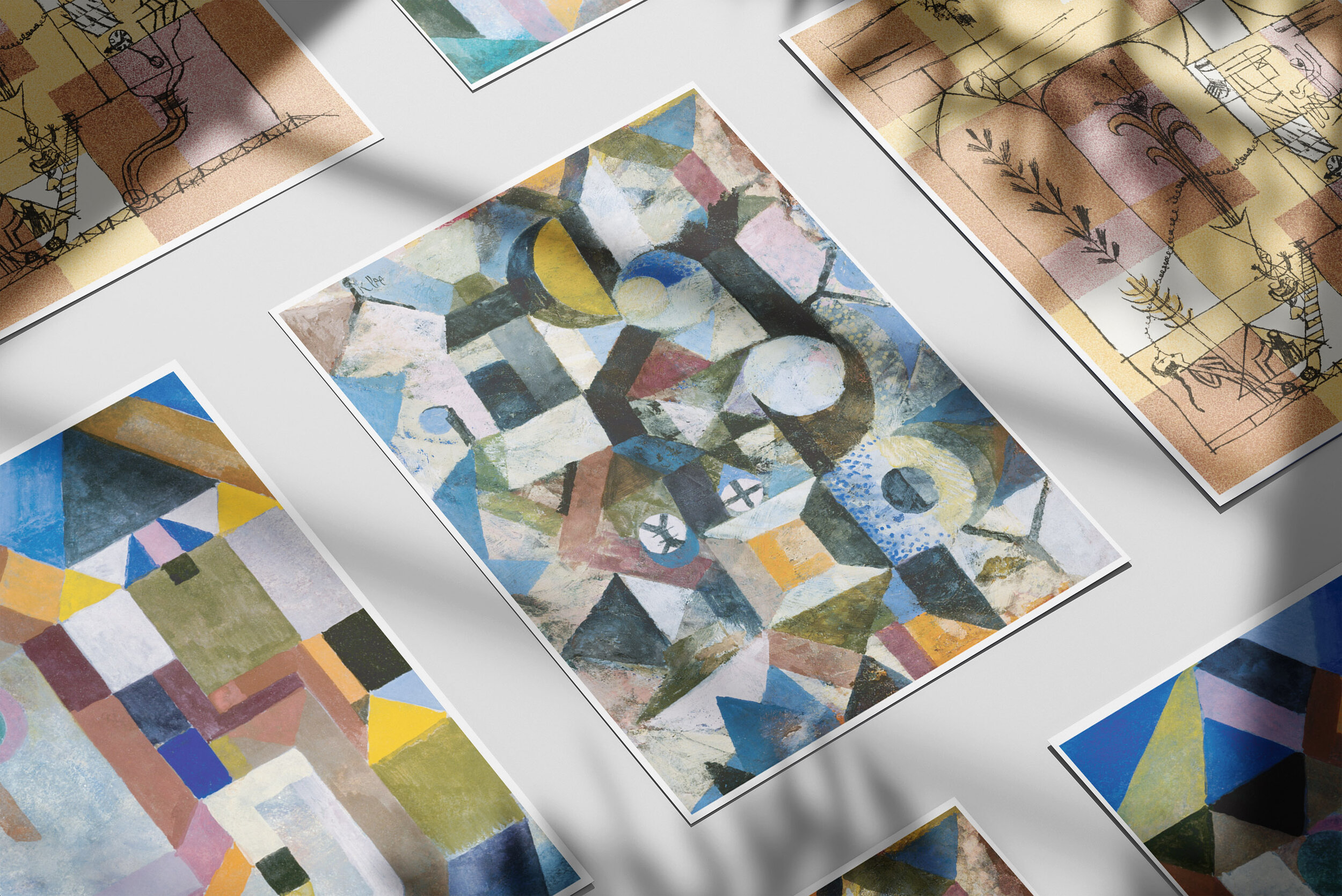
“Abstraction allows man to see with his mind what he cannot see physically with his eyes….Abstract art enables the artist to perceive beyond the tangible, to extract the infinite out of the finite. It is the emancipation of the mind. It is an exploration into unknown areas.” ― Arshile Gorky
Origins
Abstract art’s departure from reality can be slight, limited, or complete. Abstract artists can be inspired by reality or draw inspiration from no external source in reality at all – anything goes in abstract art! Shapes, colours, texture, use of space, everything about abstract art encourages the viewer to use their imagination and really get involved in the process; the meaning of the artwork is created again and again by each individual viewer. These works are not bound by any specific historical period or culture – they are timeless and universal.
Abstract art is truly unlike any other. But where did it come from?

Abstract art has existed for thousands of years, ever since human beings were able to create drawings on cave walls, but abstract art as we understand it today can be traced back to the 19th century Impressionists.
Impressionist painters such as Vincent van Gogh and Claude Monet were among the first artists to show that art can be non-representative. Rather than aiming for the absolute replica of reality that the academic French art schools imposed, Impressionists emphasised movement, the changing quality of light, and thin but visible brush strokes.
Before this, artists tried to hide that their work was exactly what it was – a work of art. Impressionists pathed the way for the distorted and psychologically complex Expressionism, the vivid colours and thickly applied paint of Post-Impressionists, and the 2-dimensional, geometric-dominated work of Cubism.
Is there a founder of abstract art?

While there is some debate about who the “father” – or indeed “mother” – of abstract art is, there are two artists who we consider to be the forerunners of our modern concept of abstract art.
The first is Swedish painter Hilma af Klint. Born in 1862, Klint was an artist and mystic whose bold and colourful paintings were among the first to depart from any sense of concrete reality. Inspired by her occult leanings – she was part of a group known as “The Five” who followed the spiritual teachings of Russian philosopher Helena Blavatsky – Klint’s paintings are monumental in scale and feature strange 2-dimenstional, overlapping shapes, lots of colour, and no hint whatsoever of reality.
Modern art critics believe that her work was supposed to express the complex spiritual ideas she followed. Indeed, Nightingale: the Journal of the Data Visualization Society reported that in 1904, Klint was ‘instructed by the spirit world to carry out a major assignment: a series of works called the Paintings for the Temple.’ The goal of these paintings was to design a ‘spiral temple that would facilitate spiritual meditation on the transcendent reality beyond the physical world’.
Because of this, some critics argue that Klint’s work isn’t abstract at all! They say that it’s more akin to visualisation of the immaterial, a formation of mental images made real, rather than emphasising elements of the work of art itself, as is the case with abstraction. They make a good case, granted. However, it’s undeniable that her work features several characteristics of abstraction: non-representational shapes, no clear narrative, and open to individual interpretation.
Klint kept her work private so it’s only in the last forty years or so that she has become well known. It has been discovered that her work predates the artist who most art critics consider the founder of abstract art – Wassily Kandinsky.

“There is no must in art because art is free.” – Wassily Kandinsky
Wassily Kandinsky, born six years after Klint, was a Russian artist and art theorist. Despite pursing art relatively later in life – he taught law and economics until he was thirty – Kandinsky quickly established himself as a force to be reckoned with in the art world. Inspired by the expressive lyricism of Richard Wagner’s opera Lohengrin and Impressionist Claude Monet’s Haystacks series, Kandinsky embarked upon an artistic career characterised by bold colours and slight abstractionism. His early works are recognisable as being inspired by reality but the more he painted, the more abstract and non-representational his work became.
The 1910s was when Kandinsky really came into his own. His series Composition series is a great demonstration of his abstract style; they utilise various colour tones and shapes, and unlike Klint’s work, they are chaotic and emotionally expressive. Kandinsky ushered abstract art into America when his work was exhibited the Armory Show in 1913.
Kandinsky had synaesthesia – a colour sensitivity that enabled him to hear and see colour – so he meshed art and music together. He believed that they were fundamentally the same because they both express the spirituality and feelings of the soul, which cannot be represented in any realistic or concrete way. He theorised that paintings could touch the same space in the brain as music, and that colours evoked certain moods, emotions, and musical sounds. For example, he considered red to be a fierce and restless colour that resembles the light tones of a violin, and blue to be a pure and celestial colour that resembles a calming flute, organ, or cello. He was also fascinated by the iconography of shapes and considered the circle to be one of the most important because, to him, it represented the human soul.
Spirit of the times: when Abstract art flourishes
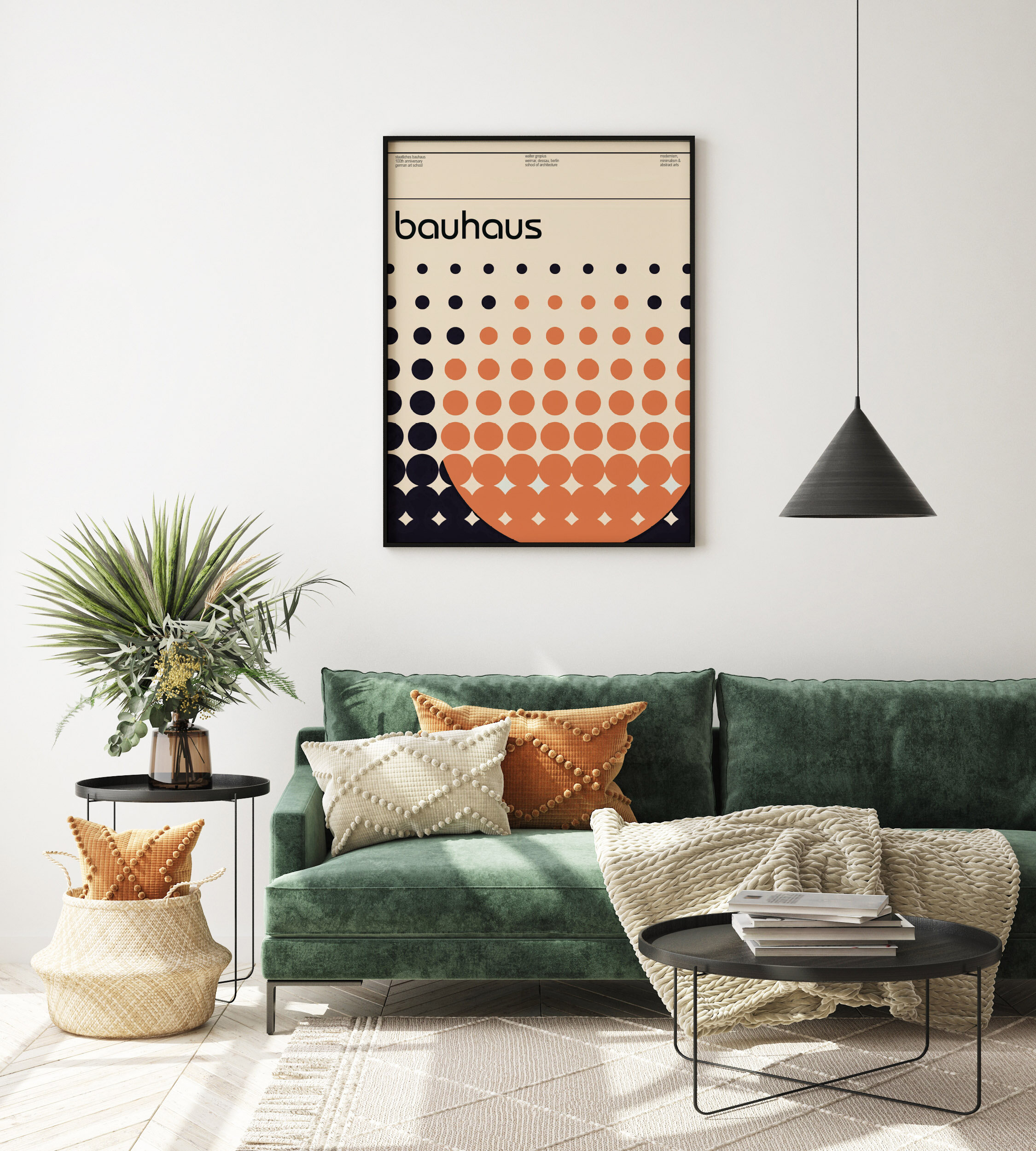
Alongside fellow abstract artist Paul Klee, Kandinsky passed down these teachings to the next generation of German artists in the 1920s at Walter Gropius’s Bauhaus school. The school was later shut down by the Nazis for being, what they considered, ‘degenerate’.
One of the best ways to understand how abstract art came about is to look at the historical periods it flourished in. From an art history point-of-view, the movement was at its peak from 1912 – 1925, and 1947 – 1970. These were periods of great devastation: World War I, the Great Depression, World War II, and the Cold War. The physical, emotional, and spiritual horror during these periods influenced the art world tremendously. How can you, artists thought, realistically represent human suffering? Especially after something as horrific as the Holocaust. It was impossible.
Abstract art offered them a solution – it could express thoughts and feelings without relying on objectivity. It was raw, pure art. Abstract art became especially popular in New York (many European artists had fled to America to avoid Nazi persecution) and there, Abstract Expressionism was born.
“Abstract art has been with us in one form or another for almost a century now and has proved to be not only a long-standing crux of cultural debate but a self-renewing, vital tradition of creativity. We know that it works, even if we’re still not sure why that’s so, or exactly what to make of that fact.” –Pictures of Nothing: Abstract Art Since Pollock by Kirk Varnedoe
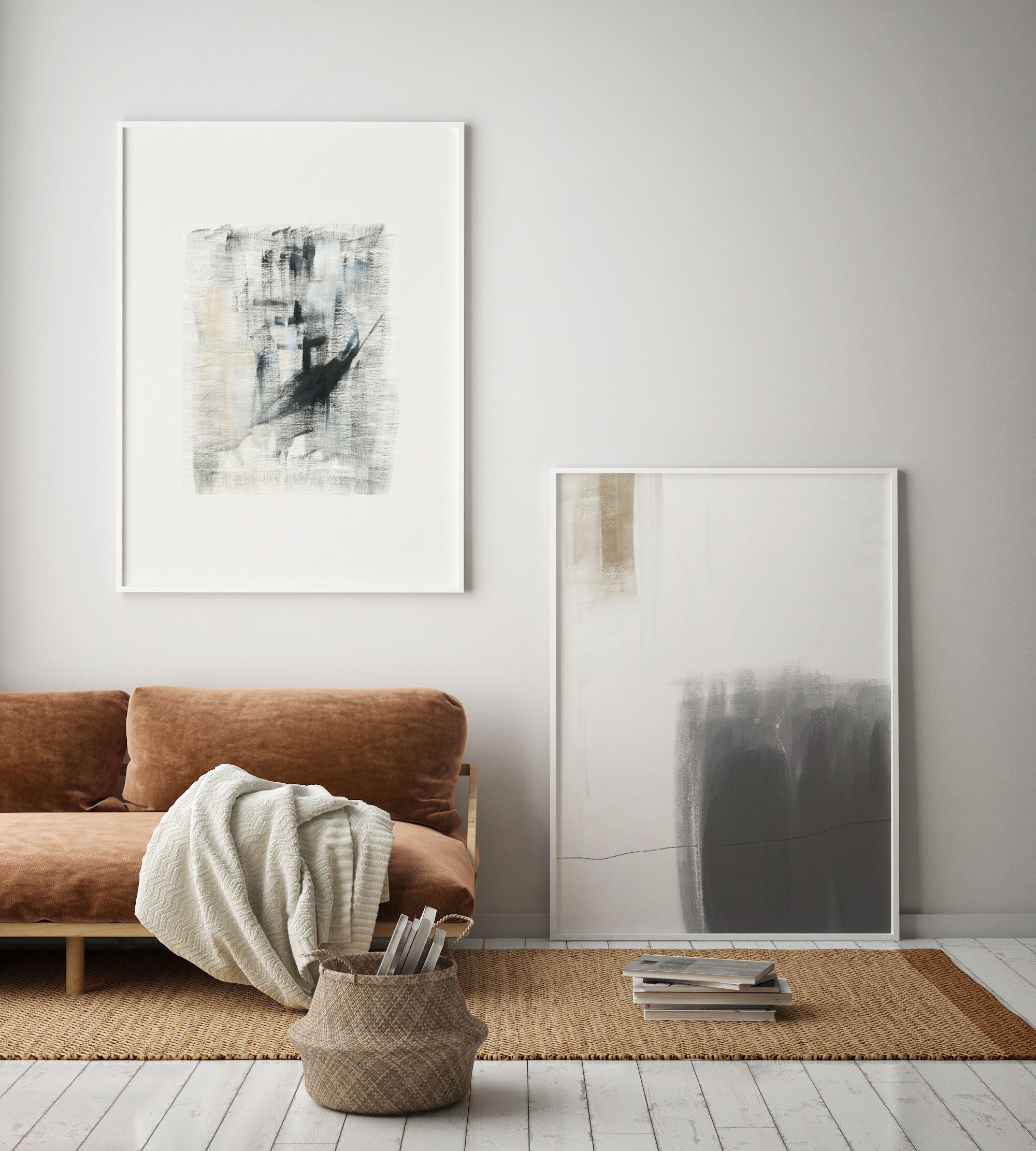
Modern Abstract Art
According to The Tate, Abstract Expressionism is characterised by ‘gestural brush-strokes or mark-making, and the impression of spontaneity’. Artists such as Jackson Pollock, Piet Mondrian, and Georges Braque embraced non-representative art, standing in creative and emotive contrast to the social-critique art that dominated the art world during World War II. These artists believed that abstract art was the most authentic way of communicating strong emotions.
Abstract art confused Americans at first, who were bound by traditional understandings of representational art. However, the more it grew, the more audiences began to connect with it. The artist and the viewer worked in tangent to create meaning, something practically unheard of in the US. By freeing their minds from realistic, pictorial representation, viewers could really experience art.
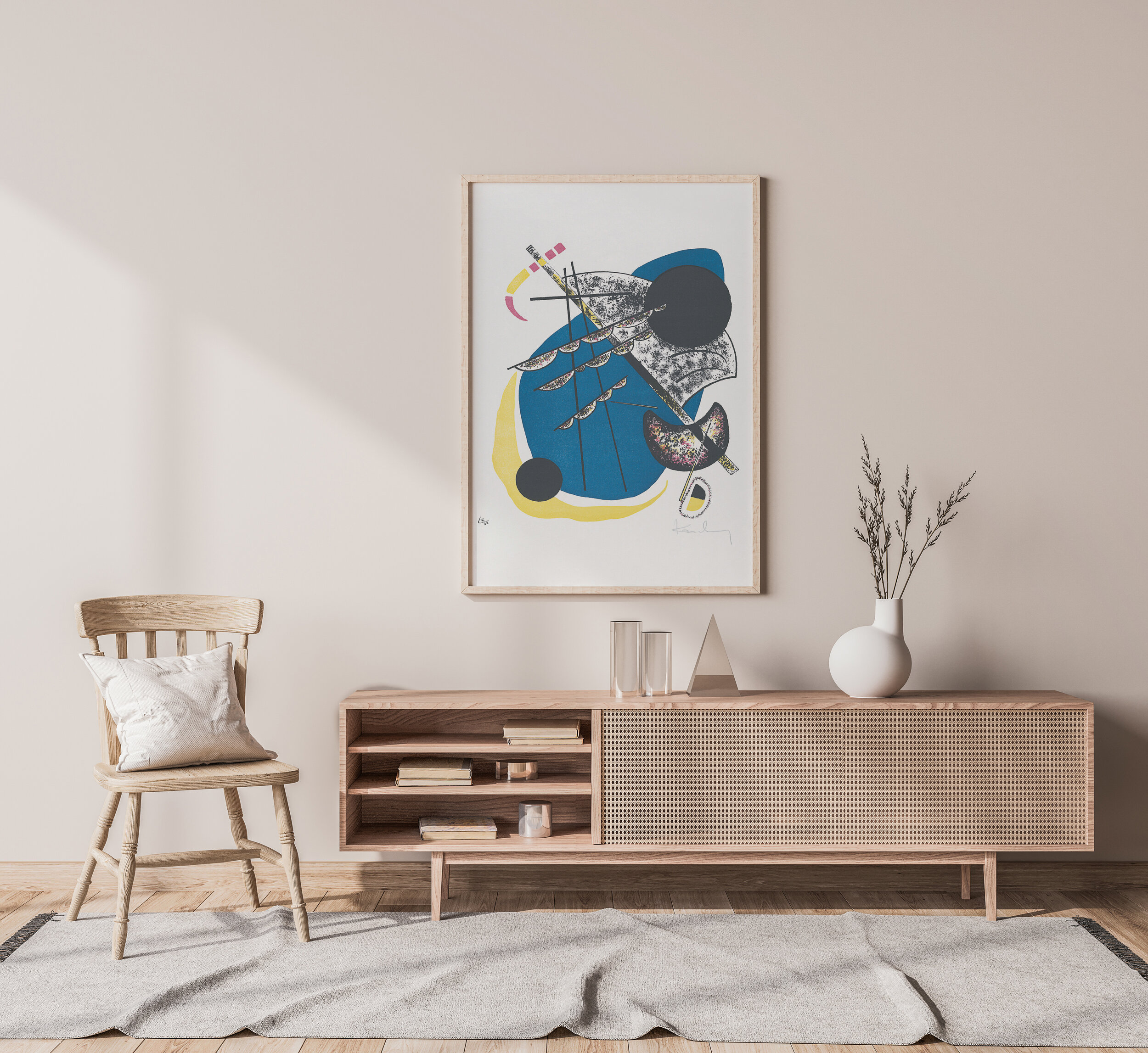
Can you ‘read’ abstract art?
There are no hard and fast rules for ‘reading’ abstract art – that’s the nature of it!
The best thing to do when it comes to abstract art is to embrace the subjectivity of it. You, your mother, your partner, your child, your best friend, can and will interpret the same work of art differently, and that’s all part of the fun. Let your imagination run wild and consider how a work of abstract art makes you feel. Jackson Pollock once said that abstract art confronts you – let it.
Get started and check out Miljo’s collection of gallery quality abstract prints here.
